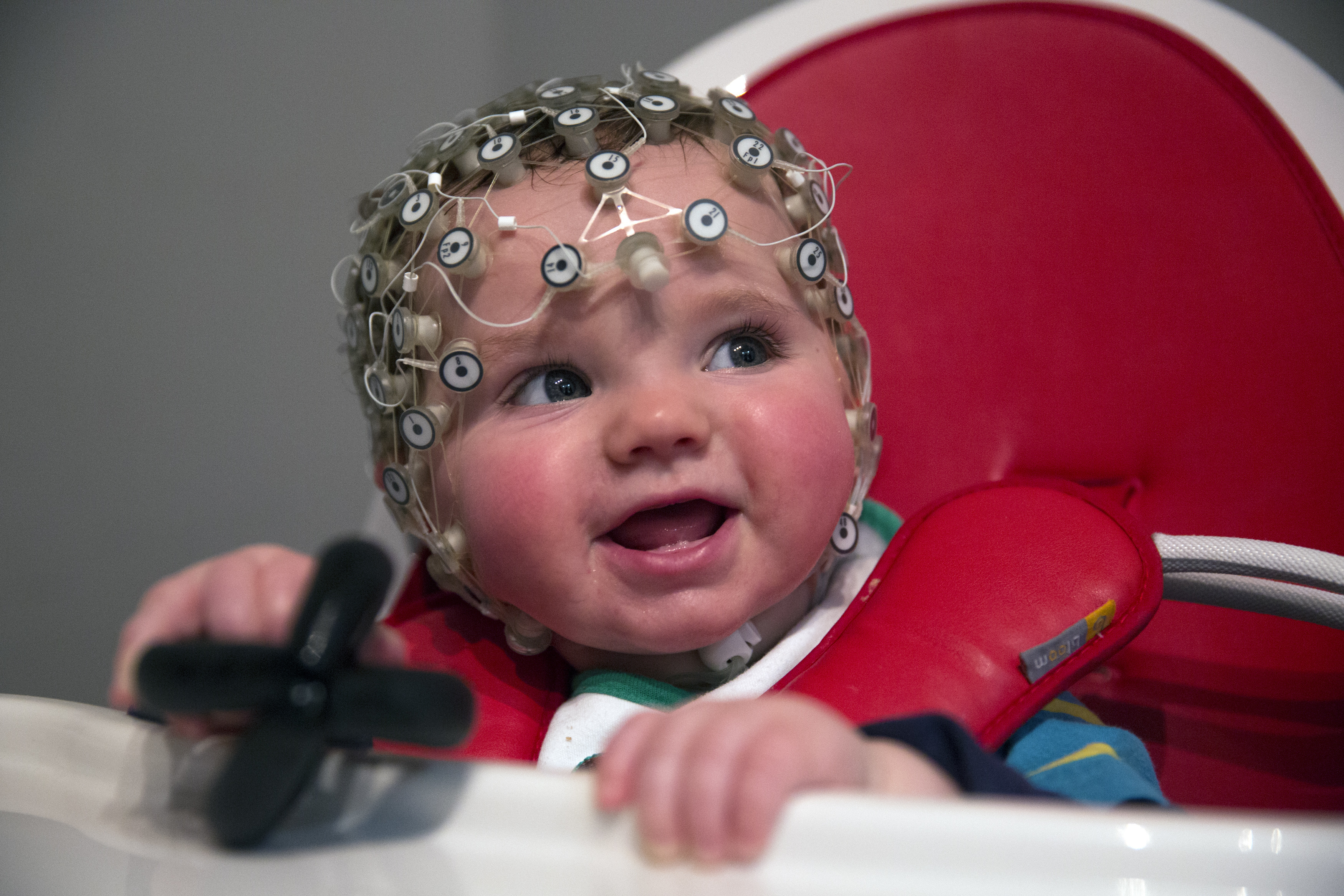How the brain controls sex and attraction

Scientists made a significant advancement in figuring out how the brain is controlling sex.
By studying female mice, the researchers discovered that a brain hormone called kisspeptin (not surprisingly also known as the “kiss hormone”) is the driving force in our attraction to the opposite sex as well as sexual behavior. The scientists found that a male mouse secretes pheromones to activate the kisspeptin neurons which send this signal along to other neurons. These, in turn, release the gonadotropin hormones that control attraction to the opposite sex. The kisspeptins also transmit signals to cells that make the neurotransmitter nitric oxide, responsible for triggering our sexual behavior.
The research was led by Professor Julie Bakker, who heads the Laboratory of Neuroendocrinology at Liège University in Belgium, and Professor Ulrich Boehm, who teaches in the department of Experimental and Clinical Pharmacology and Toxicology of Saarland University in Germany.
“This work has provided new insight into how the brain decodes signals from the outside world and then translates these environmental cues into behavior, “ explained Boehm. “In many animals, sexual behavior is timed to occur with ovulation to ensure the highest possible chance of fertilization and therefore, continuation of the species. Until now, little was known about how the brain ties together ovulation, attraction and sex. Now we know that a single molecule – kisspeptin – controls all of these aspects through different brain circuits running in parallel with one another.”
The study suggests kisspeptin is the one molecule that rules them all, controlling puberty, fertility, attraction and sex. Professor Julie Bakker thinks one application of their discovery is creating therapies for women with low sexual desire, a condition estimated to affect up to 40% of women at some time in their lives.
“There are currently no good treatments available for women suffering from low sexual desire, “ said Bakker. “The discovery that kisspeptin controls both attraction and sexual desire opens up exciting new possibilities for the development of treatments for low sexual desire.”
You can read the study here, in Nature Communications.





